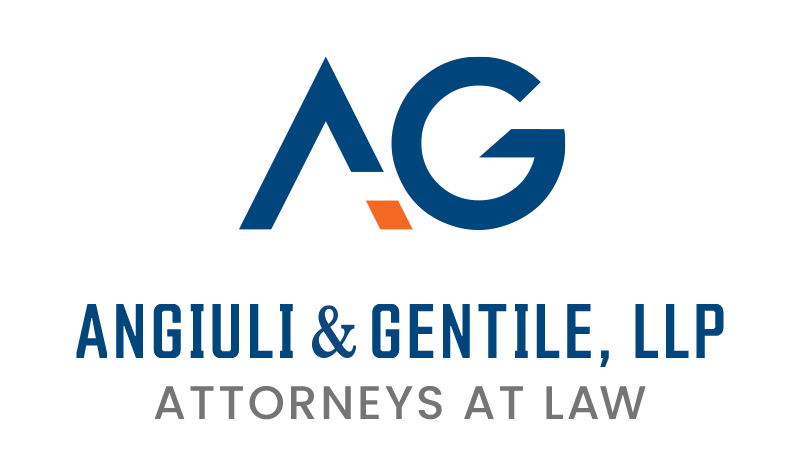A key component the Workers’ Compensation Board uses in determining the amount of benefits an injured worker is eligible to receive for his or her workers’ compensation claim is the degree/ percentage of disability that the worker sustained due to his or her workplace accident and/or occupational disease. As a case progresses, a doctor or Administrative Law Judge may determine that the worker is less than 100% disabled. At this point in time the insurance carrier will likely raise the issue of labor market attachment.
The issue of labor market attachment is mandatory on the injured worker upon such a finding. A person’s age, injuries, retirement status and/or Social Security status do not bar labor market attachment from being raised by the insurance carrier.
After labor market attachment is raised at a hearing, the injured worker needs to prove he or she has either (1) found alternate work consistent with his or her physical limitations/ medical restrictions, or (2) at least shown that he or she has made reasonable efforts to find such work. In other words, before the Workers’ Compensation Board can continue to award the injured worker with wage replacement benefits, the injured worker needs to show that being out of work is due to the disability, rather than an unwillingness to work again.
An injured worker can prove attachment to the labor market through documented evidence presented to the Workers’ Compensation Board. The evidence must show that the injured worker is (1) actively seeking work within his or her medical restrictions through an independent job search that is timely, diligent, and persistent; (2) actively participating in a job location service such as Workforce 1, New York State’s Department of Labor’s re-employment services, One-Stop Career Centers, or a job service commonly utilized to secure work within a specific industry; (3) actively participating in a job rehabilitation program through ACCESS-VR or other board approved rehabilitation program; (4) actively participating in a job retraining program; or (5) attending an accredited educational institute full time to pursue employment within the work restrictions. Recent Workers’ Compensation Board decisions have elaborated on what exactly your evidence needs to show in order to pass as credible evidence that the injured worker has maintained attachment to the labor market.
Independent Job Search
In order for an injured worker to show that they have maintained attachment to the labor market through an independent job search, the paperwork they submit to the Board must show outreach to specific potential employers, by the injured worker, for work within his or her medical restrictions. If the injured worker conducted the independent job search in person, their records must show: (1) the day, month, and year of the contact with the potential employer; (2) the name and address of the potential employer; (3) the name and telephone number of the person with whom the injured worker discussed employment; (4) the type of job sought; and (5) the response of the potential employer. When an injured worker conducts a job search by written contact, in order for him or her to prove labor market attachment to the Board the injured worker’s paperwork needs to show: (1) copies of the resume submitted to potential employer, if any; (2) the inquiry letter or email communication to the potential employer or the completed application to the employer along with the day, month, and year the application was submitted; (4) the nature of employment sought; (5) the name and address of the potential employer; and (6) the response of the potential employer.
One Stop Career Centers
In order for an injured worker to show that they have maintained an attachment to the labor market through participation in a job location service in order to return to work within his or her medical restrictions, the evidence they present to the Board must demonstrate “active” participation. The Workers’ Compensation Board has stated in the landmark case known as “American Axel” that active participation in job location service can be shown by evidence that the injured worker: (1) called for an appointment; (2) attended an orientation session; (3) met with a One-Stop counselor to develop a resume; (4) registered a resume in the One-Stop system; (5) followed up to determine whether there were any job matches; and (6) followed up on all job referrals and matches.
In order for an injured worker to show that they have maintained an attachment to the labor market through participation in a job retraining or rehabilitation program, the paperwork presented to the Board must show continued participation by the injured worker in the services provided in order to return to work within his or her medical restrictions.
While bothersome and difficult for the injured worker, the issue of labor market attachment is extremely important to know about in order to receive or continue receiving Workers’ Compensation benefits.


